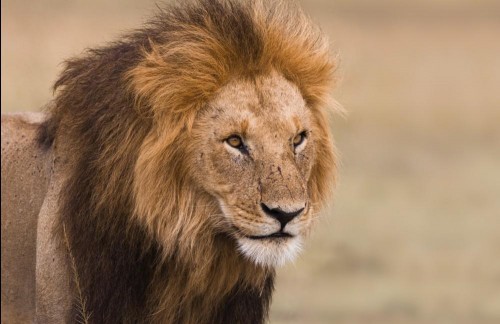The Best Time to Visit Tarangire
Many parks in East Africa can be visited year round and enjoyed regardless of the season.
Large ecosystems such as the Serengeti and Ngorongoro Conservation Area offer world-class game drives rain, hail, or shine.
While it's true that different areas of the Serengeti are better dependent on the movements of the Wildebeest Migration, the park is fantastic year round.
Tarangire National Park and neighbouring Lake Manyara National Park, however, are very much seasonal parks.
In fact, if one park is good, chances are the other park isn't going to be worth your time.
Why? Because Tarangire and Lake Manyara are seasonal national parks.

Dry Season: The Best Time to Visit Tarangire
Situated as close as it is to the equator, Tanzania does not experience the same 'four seasons' you might find in Europe or North America.
Instead, Tanzania experiences alternating periods of wet and dry. These seasons not only affect the price of safaris, but also which parks are better than others.
During the wet season (November - December and March - May), the abundance of water means that Lake Manyara National Park is alive with life.
Meanwhile, in Tarangire, the ready availability of water means that animals are free to roam far and wide in the forested park. This makes for bad game-viewing.
Conversly, in the dry season (June - October). the rapidly depleting water supply forces the park's animals to move closer and closer to the only reliable sources of water: the Tarangire River and the swamps of the river valley. 

Game Viewing in Tarangire's Dry Season
Migrating herds of elephants - Tarangire's most famous attraction - rely on the water not only as a source of vital sustenance, but also a way to cool off.
The famous 'elephant mud baths' are a common sight in Tarangire National Park, as young and old alike wallow and wade in the cooling mud.
In fact, animals from nearby areas such as Lake Manyara migrate to the park during the dry season, increasing its animal population quite considerably!
The concentration of herbivores around watering holes makes it easier for predators such as lions and leopards to spot an easy meal, so those wanting to see a kill stand a good chance.
Avoiding Mosquitoes and Tsetse Flies
Another perk to visiting Tarangire during the dry season is that mosquito numbers tend to be lower. With less water in which they can lay their eggs, mosquitoes are less of a problem in the drier months.
Unfortunately, the dry season also means increased activity from tsetse flies.
To avoid these painful visitors, it's best to do your game drives in the cooler hours of the day - the morning and the evening. Tsetse flies are at their most active when it is warm out.

Is Tarangire Worth Visiting in the Wet Season?
People often ask if Tarangire is a park they should skip during the wet season.
With nearby Lake Manyara alive with life and Tarangire's migratory population scattered throughout the baobab and acacia trees, it might seem like a good idea to give Tarangire National Park a miss.
However, there are a number of reasons to visit Tarangire in the wet season.

1. Cheaper Accommodation
Tanzania's wet season means cheaper accommodation across the entire country, with luxury lodges lowering their rates to less than a medium lodge during peak season.
This means that Tarangire accommodation such as Sopa Tarangire and even Tarangire Treetops can be had at much more affordable prices.
2. Less Crowds
If you're looking to avoid the crowds that tend to congregate on the Serengeti and in Ngorongoro, visiting Tarangire during the wet season can be a wonderfully refreshing experience.
While it's true that you'll see less animals, the park is still very much alive with life. Non-migratory animals such as lions, baboons, and giraffe can still be found.
It's also peak season for bird-watching, as migratory birds settle into the cool, damp confines of the park for an extended period of time.
3. Unique Landscape
Tarangire's forested landscape comes alive during the wet season. The tall grass takes on a bright green hue and the baobab, acacia, and other trees are more full of life.
While this dense vegetation can make spotting wildlife difficult, it's beautiful in its own right and something you won't see elsewhere in Tanzania.

When is the Best Time to Visit Tarangire?
With how fickle weather can be, it's impossible to give exact dates when you should visit Tarangire.
An early or late rainy season can completely change the complexion of the entire park, so it is best to consult your safari expert closer to your travel dates.
If you've booked accommodation outside of the park, it's even possible to change your safari to Lake Manyara at the last minute if conditions aren't on your side.
As a general rule though, July through October present the best game-viewing in Tarangire National Park. June and November may also work, but this depends heavily on recent weather.





















































